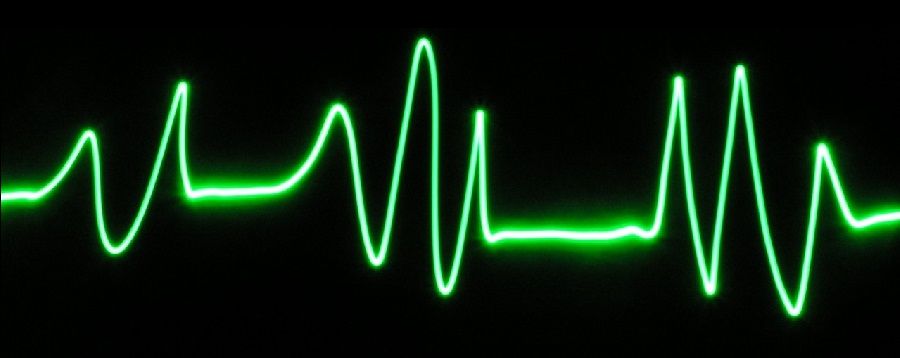
5 Steps to Implementing a Workplace AED Program

More than 400 workplace fatalities each year are caused by cardiac arrest. Immediate CPR and use of an AED can double or triple survival rates. It’s not difficult to implement an AED program, and the American Heart Association can help. The Association has developed a variety of materials to guide employers through the steps to a successful and efficient workplace AED program. Resources include: Implementation Guide, State Law Resources, a Q&A and a list of FDA-approved AED manufacturers.
What to know about AEDs
The automated external defibrillator (AED) is a computerized medical device. An AED can check a person’s heart rhythm, recognize a rhythm that requires a shock and advise the rescuer when a shock is needed. The AED uses voice prompts, lights and text messages to tell the rescuer the steps to take. AEDs are very accurate and easy to use.
The AHA supports placing AEDs in targeted public areas such as sports arenas, gated communities, office complexes, doctor’s offices, shopping malls, etc. When AEDs are placed in the community or a business or facility, the AHA strongly encourages that they be part of a defibrillation program in which:
- Organizations that acquire an AED notify the local EMS office.
- A licensed physician or medical authority provides medical oversight to ensure quality control.
- Persons responsible for using the AED are trained in CPR and how to use an AED.
Why AED training is necessary
Although the “A” in AED stands for “Automatic”, people must be trained how to use them properly. AED users must know how to recognize the signs of a sudden cardiac arrest, when to activate the EMS system and how to do CPR. It’s also important for operators to receive formal training on the AED model they will use so that they become familiar with the device and are able to successfully operate it in an emergency. Training also teaches the operator how to avoid potentially hazardous situations.
Five key steps to implementing a workplace AED program
The Heart Association recommends these five steps to organizations wanting to initiate a workplace AED program:
1. Get medical oversight
The U.S. Food and Drug Administration (FDA) may require a physician’s prescription to purchase an AED. The responsibilities of the physician may include signing off on or making recommendations on training plans and policies and procedures, evaluating data recorded on an AED during a medical emergency and helping assess each use of an AED to recommend any improvements.
2. Work with local EMS
Working with your local EMS system is a key step to implementing an AED program. Most states require you to coordinate your AED program with local EMS and to provide follow-up data to EMS after any use of the AED. In states that require registration or application for AED programs, the physician or program coordinator completes this process.
3. Choose an AED
There are several AEDs on the market that are suitable for a company’s or organization’s AED program. The American Heart Association does not recommend one device over another. The AED you choose should be simple and easy to use.
4. Contact technical support
Make sure you have technical support when your AED device requires it. Call the manufacturer’s technical support number and see what kind of response you get. Is a representative available to help you right away? Are you on hold for a long time? Does your call go to voice mail?
5. Make sure program support is available
Some AED manufacturers provide help with program implementation and ongoing support. They can assist with placement, medical authorization, registration, training and supplies. Review your capabilities and determine if services like these would be helpful in deploying your AED program.
Additional Resources:
Visit the AHA AED Implementation page.
Review OSHA publications about AEDs in the workplace.
Visit the American Red Cross AED page.
Browse AED and CPR safety signs and labels for your workplace.

